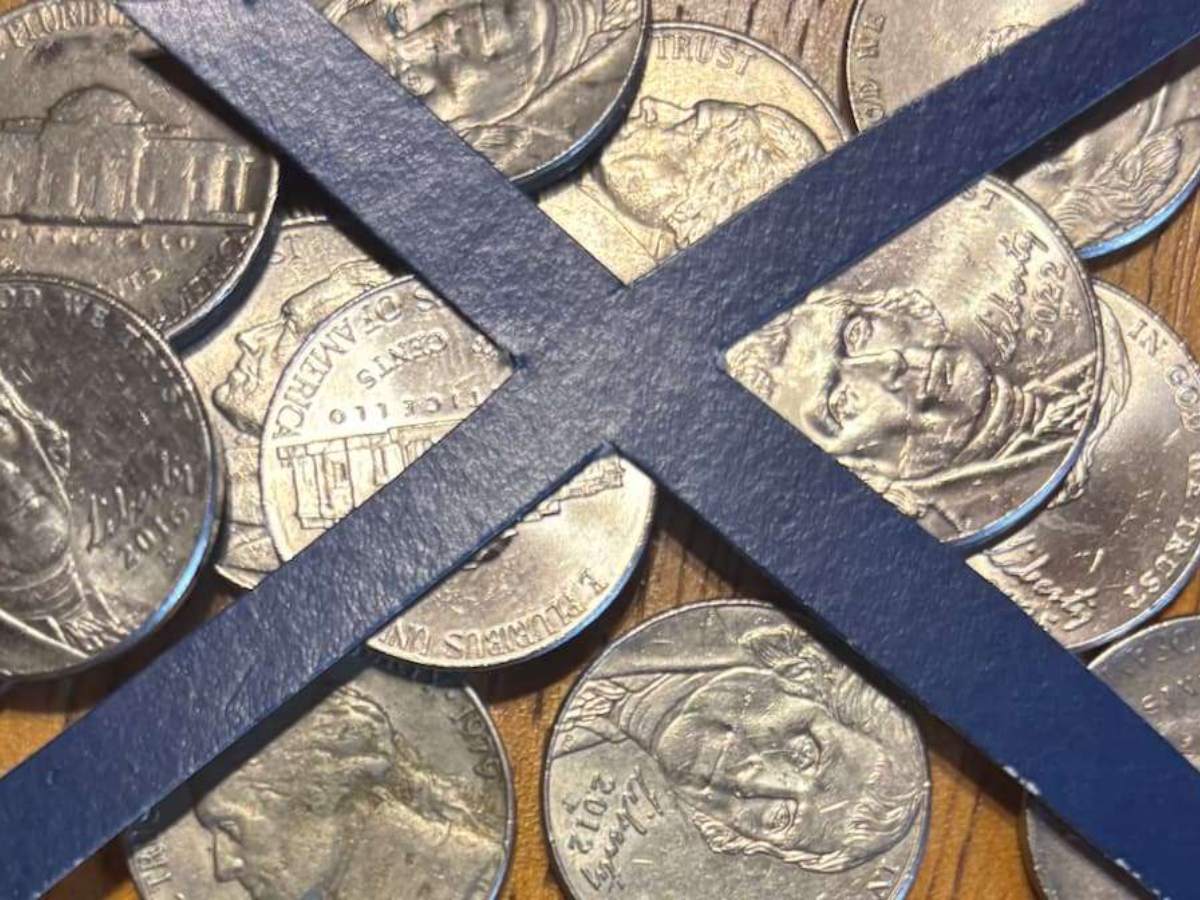Have a 1958 penny? Want to know what it’s worth?
Maybe you’ve found a 1958 wheat penny and you think it might be the rare and valuable 1958 doubled die penny.
Whether you’re looking for the value of a regular 1958 wheat penny or 1958-D penny, or you’re trying to figure out what a 1958 doubled die penny looks like so you can tell if you have one of these rare wheat pennies… you’ve come to the right place!

Read on to find out what your 1958 wheat pennies are worth and to see if you’ve got a legit 1958 doubled die penny.
1958 Penny Values
If you’ve found a 1958 penny in your pocket change, then it’s probably pretty well worn.
The good news is even circulated 1958 pennies with regular wear and tear are worth more than face value!
Here’s what 1958 Lincoln cents are worth, including the collectible 1958 proof pennies:
| Year | Mintmark | Mintage | Value |
|---|---|---|---|
| 1958 | no mintmark (Philadelphia) | 252,525,000 | 5 to 10+ cents |
| 1958 | D (Denver) | 800,953,300 | 5 to 10+ cents |
| 1958 | no mintmark, proof (Philadelphia) | 875,652 | $5+ |
The 1958 Doubled Die Penny
Perhaps you’ve heard about the valuable and rare 1958 doubled die penny that’s worth more than $150,000 and want to know if your 1958 penny is also a doubled die coin.
The most valuable example of the 1958 doubled die penny sold for $1,136,250 in a January 2023 auction. This 1958 error penny worth more than $1 million was graded MS65RD by Professional Coin Grading Service and is one of the most valuable pennies around.
Only 3 are known to exist, making this an extremely rare error coin.
Sure, it’s possible you may have found the 4th — but it’s highly unlikely.
In most cases, when someone finds what appears to be a 1958 error penny, they actually have a coin with mild strike or machine doubling — which is not the same as a doubled die.
Or, what looks like a 1958 penny error might also be die deterioration doubling — which is caused by excessive overuse of dies, die preparation errors, or other problems.
Doubled Die 1958 Penny vs. Machine Doubled 1958 Penny
If you’re wondering what exactly the difference is between a doubled die penny and a machine doubled penny, here’s what you need to know:
- Doubled Die Penny -A doubled die is accidentally created during the hubbing of the die when inadvertent rotation offsets the appearance of the design; the doubling may be minor or significant and could be visible on only small parts or large areas of one side of the coin. A doubled die penny is a rare coin.
- Machine Doubled Penny – Mechanical doubling (also known as shelf doubling, strike doubling, shift doubling, and ejection doubling) is caused during the striking process and is usually the result of a loose die sliding or shifting upon impact with a planchet. A machine doubled penny is not a rare coin.
Most photos of supposed 1958 doubled die pennies submitted to us actually show very slight machine doubling instead.
This video shows what a real 1958 doubled die penny looks like:
More About The Current 1958 Penny Value
In addition to the links I’ve included above, here are some other resources to help you understand the value of your 1958 penny:




